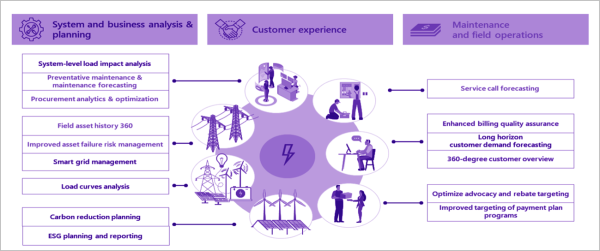Do you know what year it is?
Well, if you thought it was 2024, you’re right it is! If you’re looking at the Gregorian Calendar. But labelling time is a bit of an abstract human concept, and if you shift the lens just a bit and look at time through the Chinese Calendar, it’s now the Year of the Dragon. And if you shift again and look at it through a technology lens, I will argue it’s the Year of Artificial Intelligence or AI.

I mean, other than Taylor Swift and Travis Kelce, what other story have you seen absolutely consume our social media and news feeds this past year? It seems like AI exploded onto the main stage overnight, but did it really, or has it been slowly evolving and maturing for a long time now?
In fact, the first artificial neuron, or brain cell, was developed way back in 1943. That’s over 80 years ago! Alan Turing, the gentleman who broke the Enigma code used by the Nazis in World War II, and made famous in the movie the Imitation Game, developed the first test for artificial intelligence in 1950.
Eliza, the first chatbot, interestingly enough named after the character Eliza Doolittle in My Fair Lady, was developed at MIT and released in 1966.
2002 saw the introduction of the first AI powered vacuum cleaner, which spawned an explosion of cat videos and memes, but that’s another story for another time.

We saw IBM’s Watson defeat two human contestants on Jeopardy in 2011. The next generation chatbot Eugene Goostman, developed by a group of Russian and Ukrainian scientists, back when they still got along, successfully passed the Turing test in 2014, 64 years after its invention.
But things really kicked up a notch in 2015 when Amazon introduced the first AI powered personal assistant, Echo, and we could use AI to control our lights and shop!
So, 80 + years on, how is AI being leveraged and envisioned in the utility sector today?
It runs the gamut from business and grid analysis and planning, to automating and improving customer service all the way to advancing field maintenance and service activities.

Imagine being able to analyze, predict and respond to asset failures…before they happen. Or having a system recommend crew compositions and deployments to match forecasted workloads. The opportunities it seems are quite literally endless.
IFS’s CEO, Mark Moffat, predicted that by 2026 AI will touch every dollar circulating in our economy. Now I’m not sure if he used AI to generate that prediction for him, but he is putting our money where his prediction is i.e. launching a new center of excellence around AI with 3 core investment points:
- First, Optimization for schedules and workforce productivity
- Second, Anomaly Detection looking for patterns that will predict expected asset lifecycles
- And third, Machine Learning to generate insights into process improvements, or even suggest new avenues of business opportunity.
To support those outcomes, you need a solid architecture. AI as you likely know, is a data hog, so at the core of IFS’s AI strategy is having a solid data foundation. On top of which is built the technical components that broker the queries and transactions of the utility specific proof points or value propositions that I talked about earlier.
And the whole point of AI, at least in my opinion, is that it enables us mere mortals to engage with complex technology, and large amounts of data, in a natural and user-friendly way. So, at the interface level there are integrations with Microsoft’s Co-Pilot as well as native IFS interactions supported.
There are dozens of use cases, with more being developed all the time for this technology. I’m going to showcase just a couple in particular that I think are really exciting and are delivering some truly exceptional results.
The first is Asset Performance Monitoring, or APM.
Now you can run this with historical data alone. But when you combine APM with IoT and AI you get real-time performance monitoring capabilities, as well as insights and recommendations on corrective actions to be taken. Add on Schedule Optimization and Field Service and you now have a truly efficient, end to end business process, supported by cutting edge technology, around your asset management strategy.

When you’re dealing with millions of assets in the field, and data coming in from multiple sources, AI-driven Anomaly Detection is a real game changer. Saving not only time and money, but improving safety, reliability, and customer satisfaction metrics.
Next up, there’s AI-backed Schedule Optimization. IFS’s award winning Planning, Scheduling, Optimization solution can deliver exceptional results like a 35% reduction in travel time, or a 300:1 ratio of Dispatchers to Technicians, or an almost 50% reduction in contractor spend.
We can argue about whether a utility is ready to embrace AI and automation to those levels or not, but the technology and capability is there, ready when you are.
Read more on AI for utilities in this blog: Friend or Foe – AI could Fuel the Utility of the Future